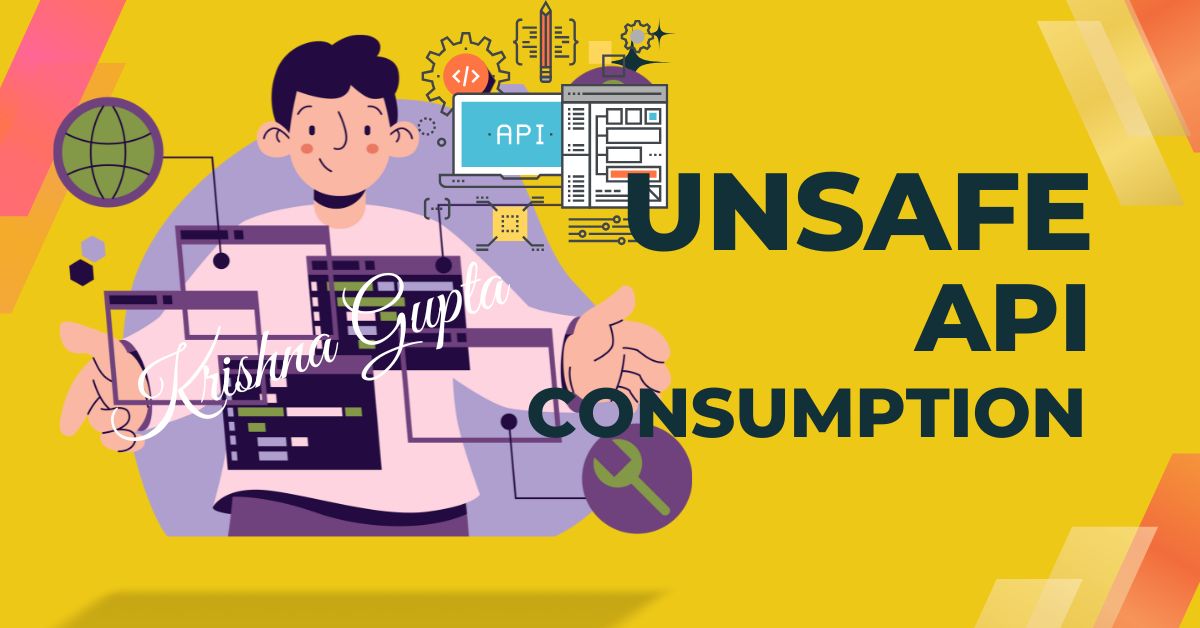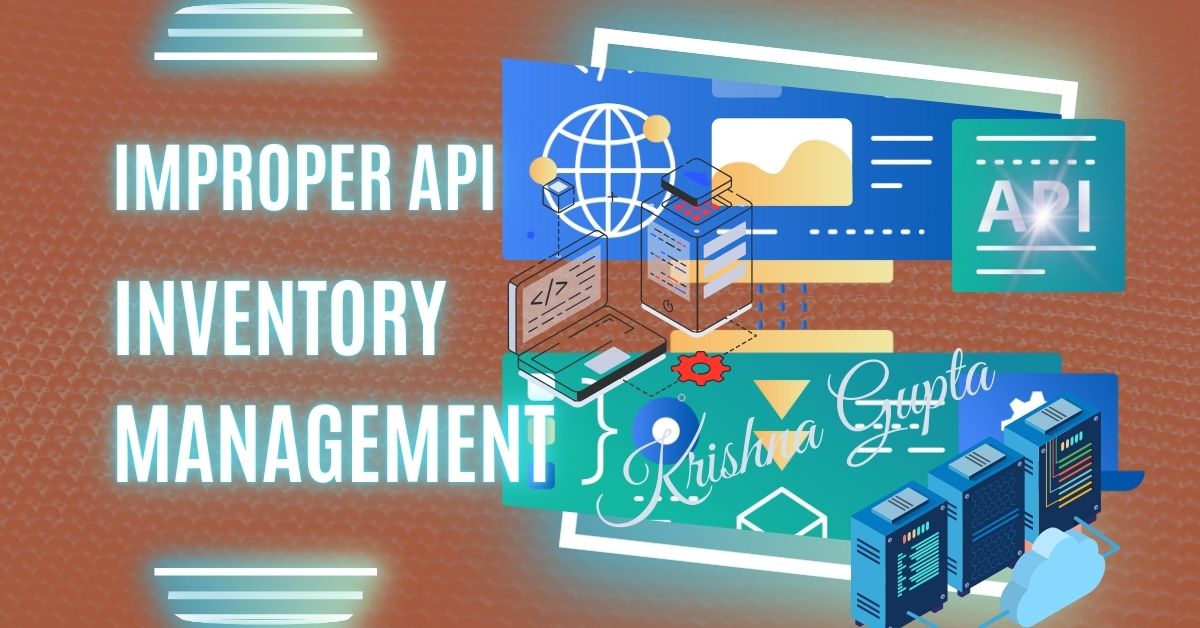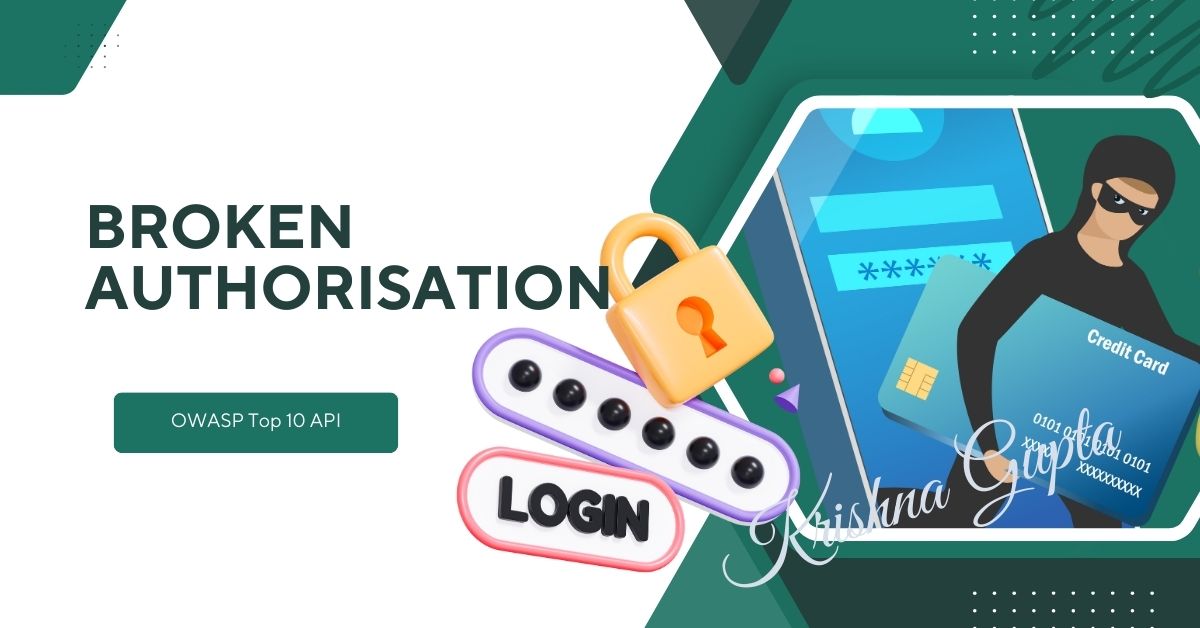OWASP Top 10 API Security Risks – 2023: API10:2023 – Unsafe Consumption of APIs
The term “unsafe consumption of APIs” refers to the practice where developers trust data received from third-party APIs more than they trust user input, leading to weaker security standards for the data coming from these integrated services. Typically, this occurs because third-party APIs are seen as more “trusted” than direct user input, so developers may not apply the same level of scrutiny or security measures when consuming data from these external sources.


